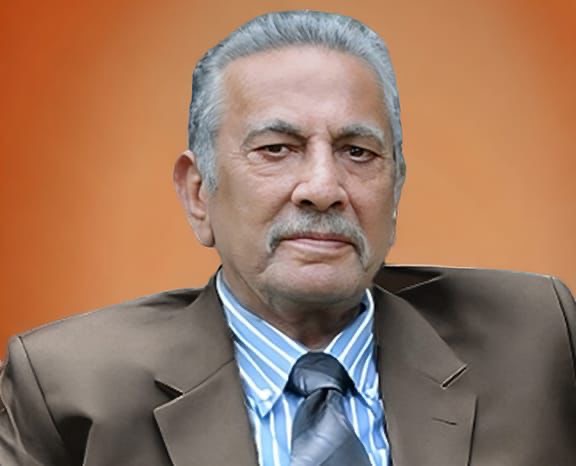Falling real wages push millions of workers below poverty line.
Low growth and high inflation trigger economic distress across Pakistan
Staff Report
ISLAMABAD: A famous business leader and former president of the Islamabad Chamber of Commerce and Industry (ICCI) Shahid Rasheed Butt stated on Tuesday that Pakistan’s economy has entered one of its most challenging phases in decades, a rare combination of low economic growth and persistently high inflation, which has eroded incomes and pushed poverty to alarming levels.
He said official data reveals that these twin shocks have driven the unemployment rate to a historic peak of over 22 per cent while significantly reducing the real wages of millions.
The business leader said that the country’s average GDP growth over the last three fiscal years has been a mere 1.7 per cent, far below the level needed to create enough jobs for a labour force of nearly 85 million. The economy contracted in 2022-23 following devastating floods, and recovery has remained weak.
Shahid Rasheed Butt noted that four labour-intensive sectors, including agriculture, manufacturing, construction, and wholesale and retail trade, absorb over 75 per cent of Pakistan’s workforce. However, three of these sectors recorded negative growth during this period, with manufacturing shrinking by 0.3 per cent, construction by 1.6 per cent, and wholesale and retail trade by 0.2 per cent, while agriculture grew modestly at 3.1 per cent.
The consequences of these trends have been severe for workers. According to the 2023 population and housing census, Pakistan had 66.2 million employed individuals against nearly 18.8 million unemployed. Unemployment has risen by over 12 percentage points since 2017, when the rate stood at 9.4 per cent. Most of these unemployed individuals are likely to have fallen below the poverty line due to zero earned income, contributing to a surge in poverty incidence to 44 per cent.
Even those who remain employed are struggling to maintain their living standards as inflation has outpaced wage growth. The average inflation rate over the last three years exceeded 19 per cent, with 2022-23 alone marking a record 29.2 per cent. In contrast, wages in sectors like construction have grown far more slowly. The Pakistan Bureau of Statistics reports that the wage index for construction workers rose from 174.3 in June 2022 to 227.5 in June 2025, an increase of about 30.5 per cent, while consumer prices surged by 50.7 per cent over the same period. This means the real wages of construction workers have dropped by more than 20 per cent.
Other low-income service workers have experienced similar declines. Real wages for household servants and garbage collectors fell by 19.4 per cent and 18.2 per cent, respectively, while tailoring and cleaning services also saw significant erosion in earnings. Meanwhile, prices for services catering to wealthier households, such as healthcare and personal grooming, rose in real terms, widening income inequality.
Experts warn that reversing these trends will require strong economic growth. The government has set a GDP growth target of 4.2 per cent for 2025-26. Still, analysts caution that a minimum of 5 per cent sustained growth is needed to generate enough jobs and reduce poverty.

